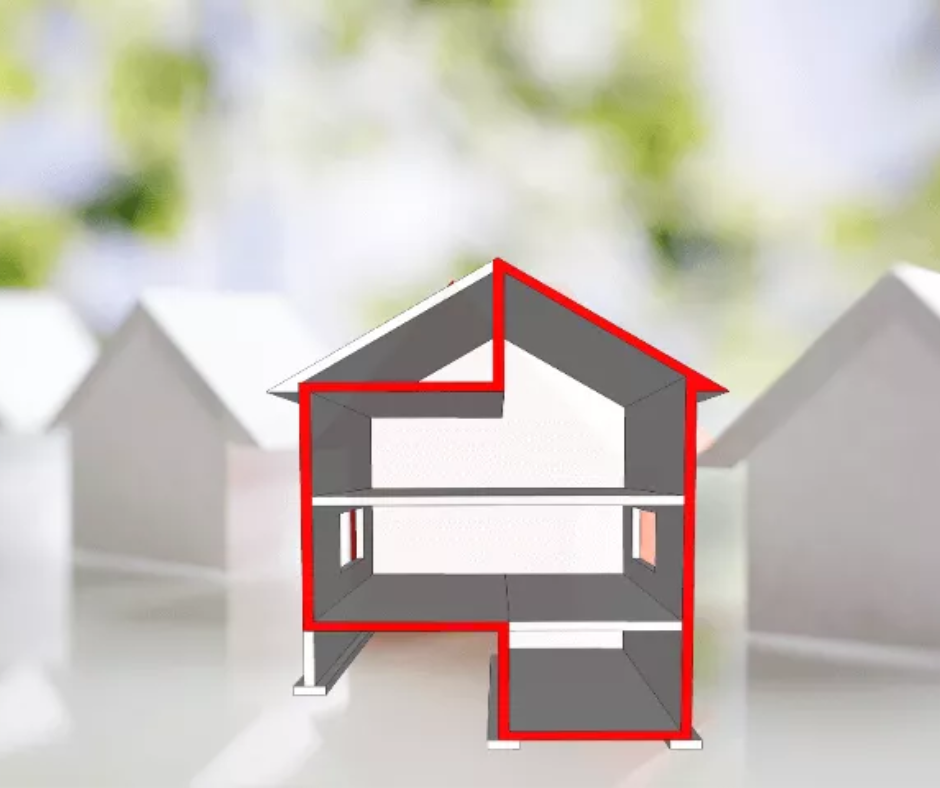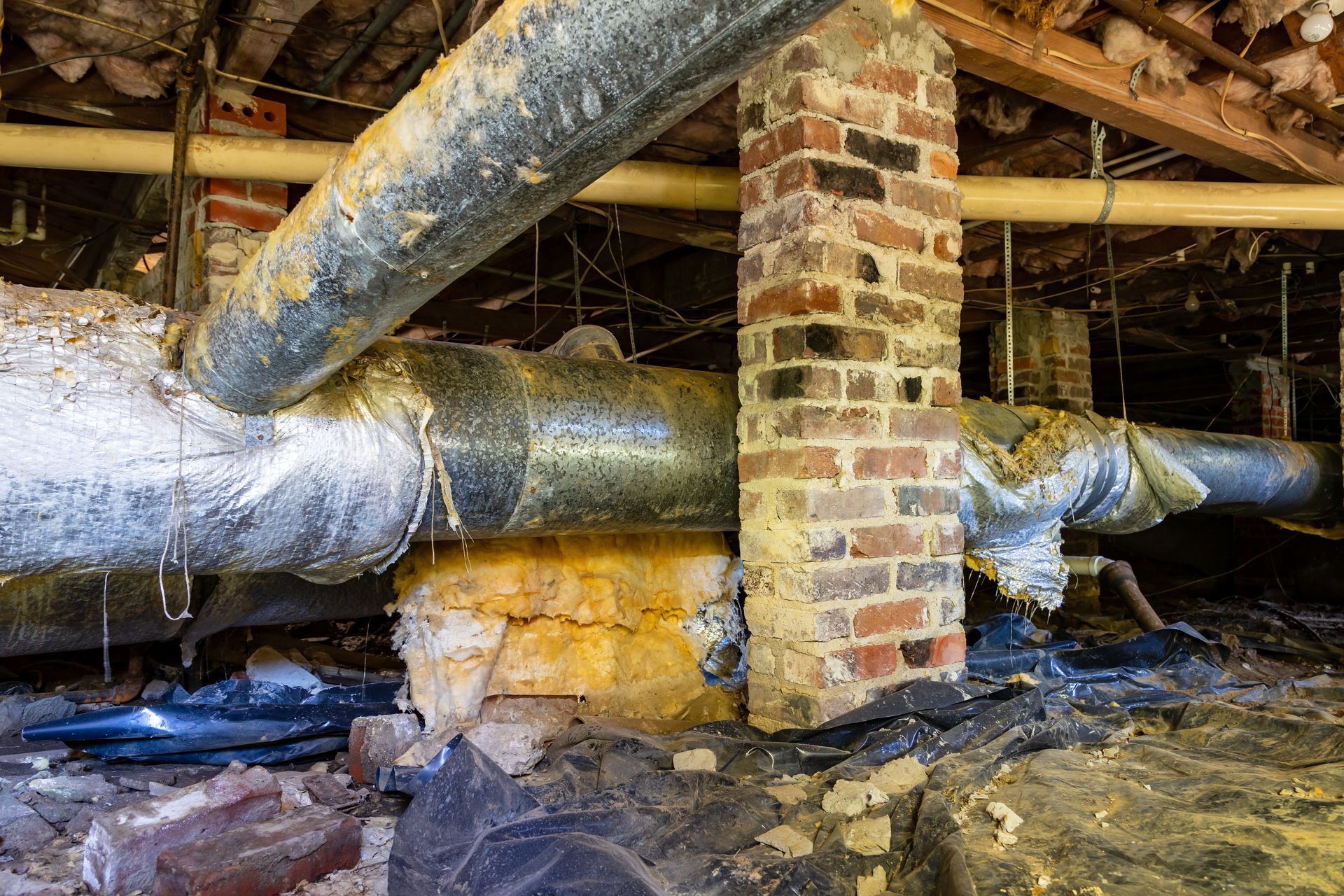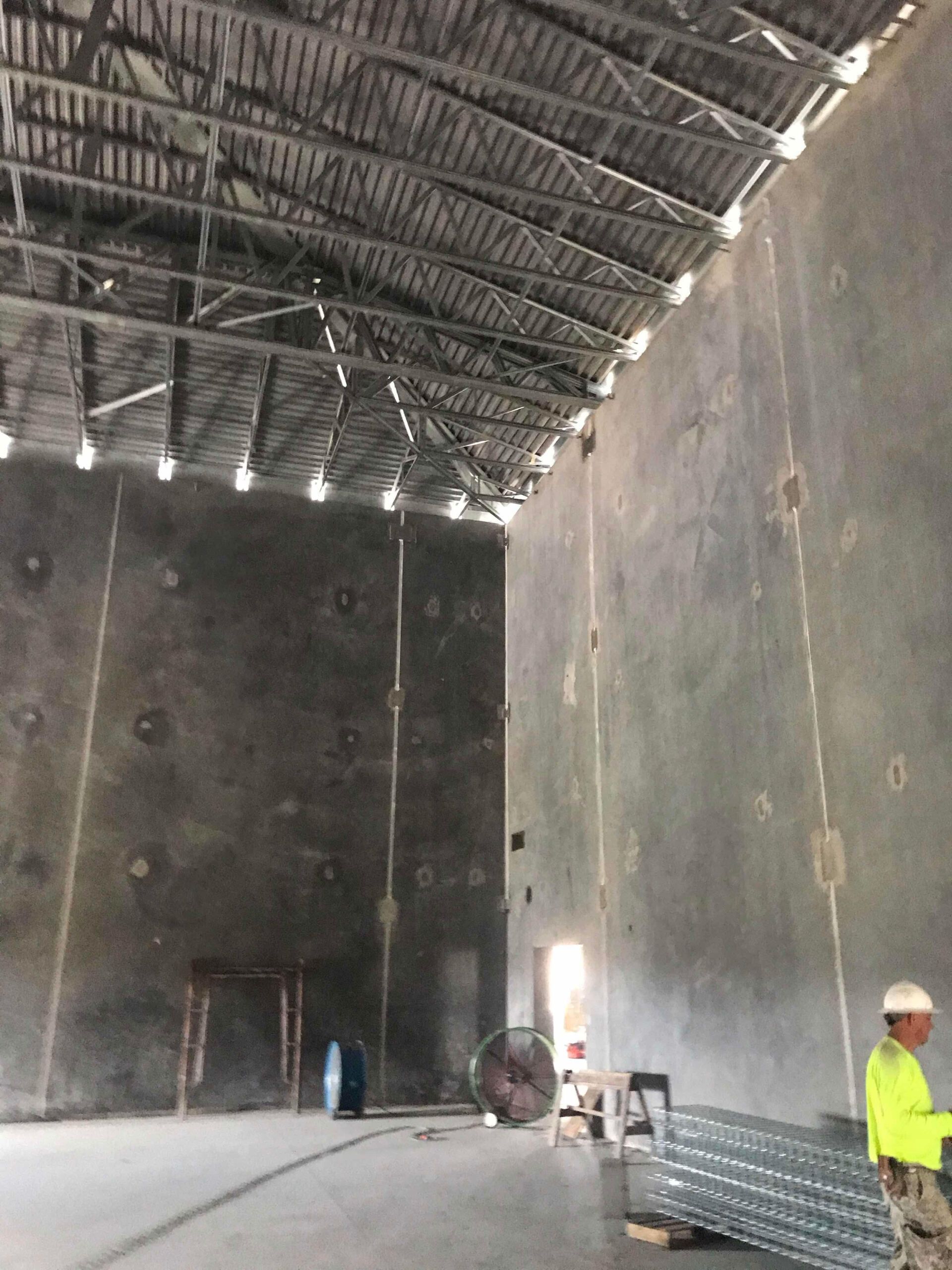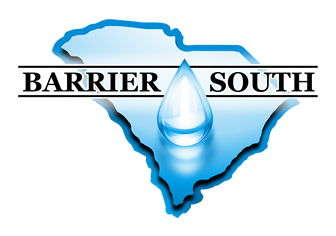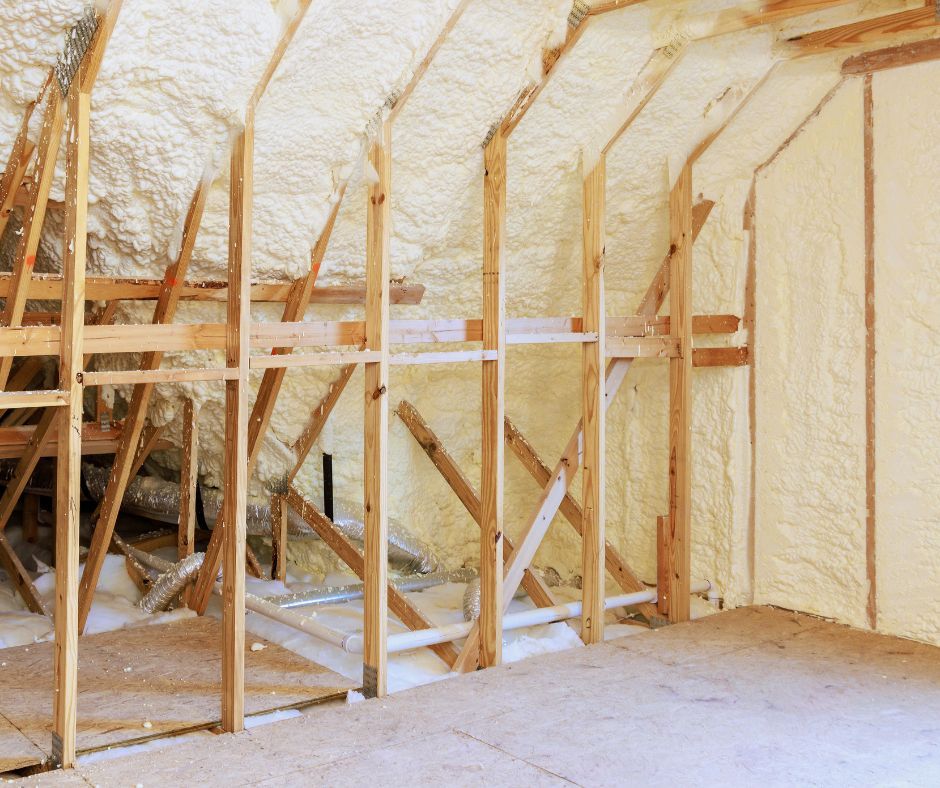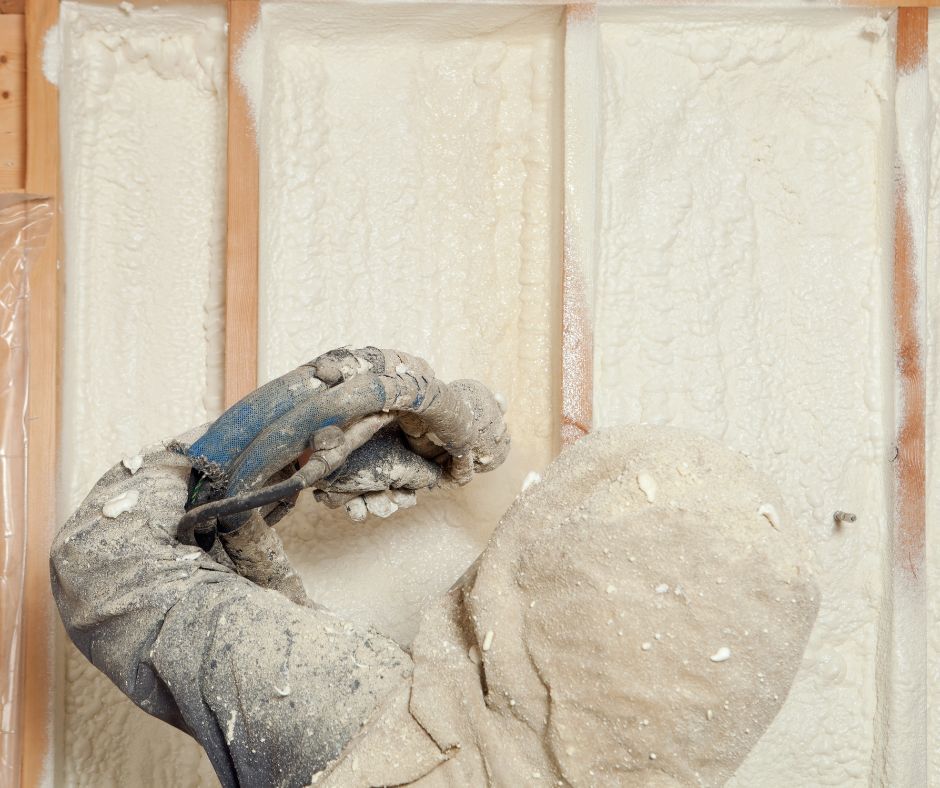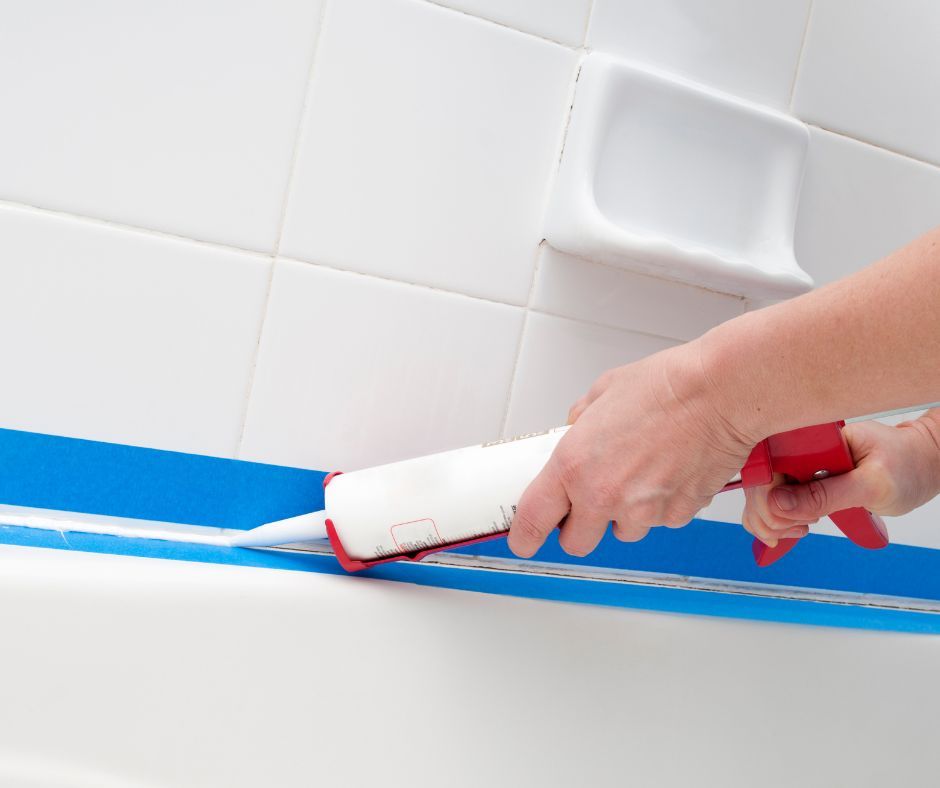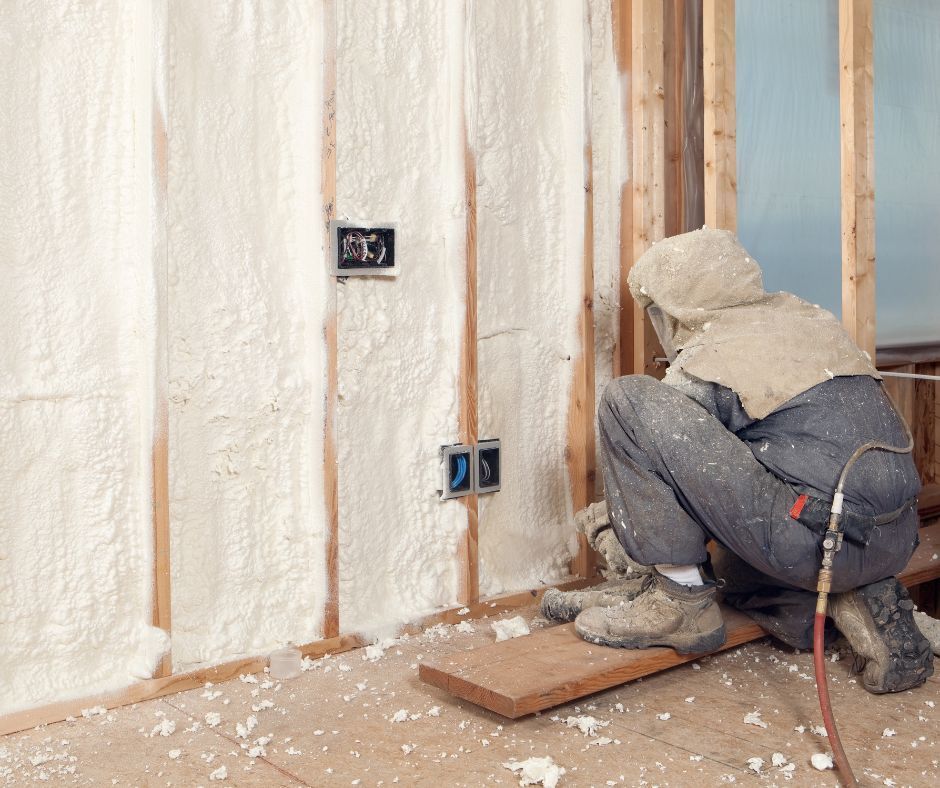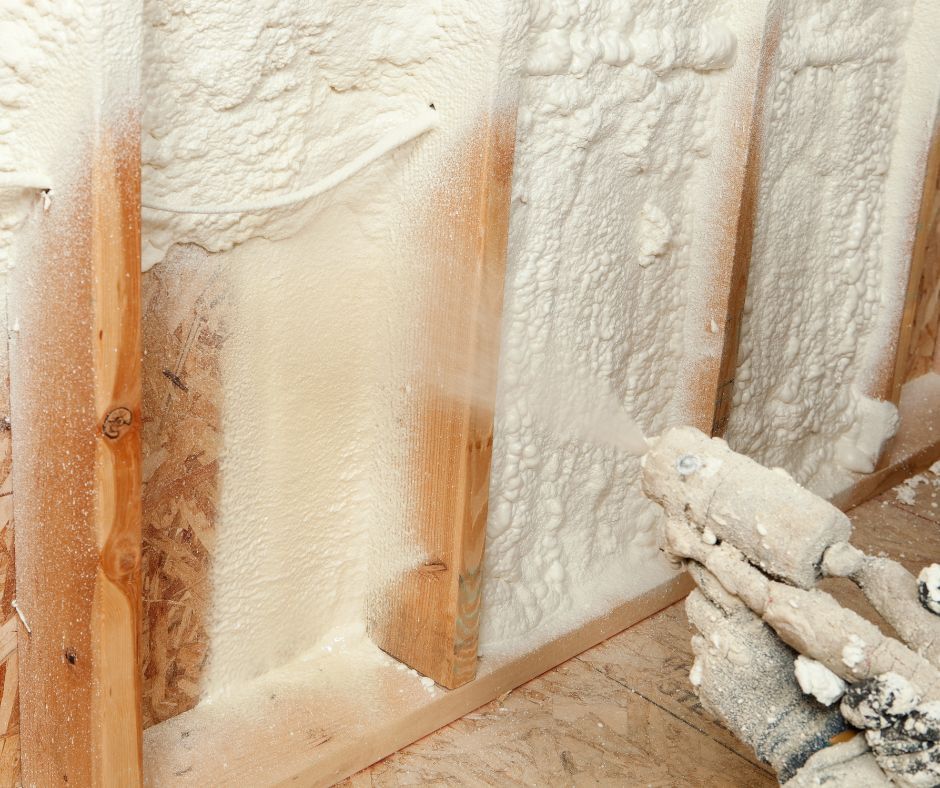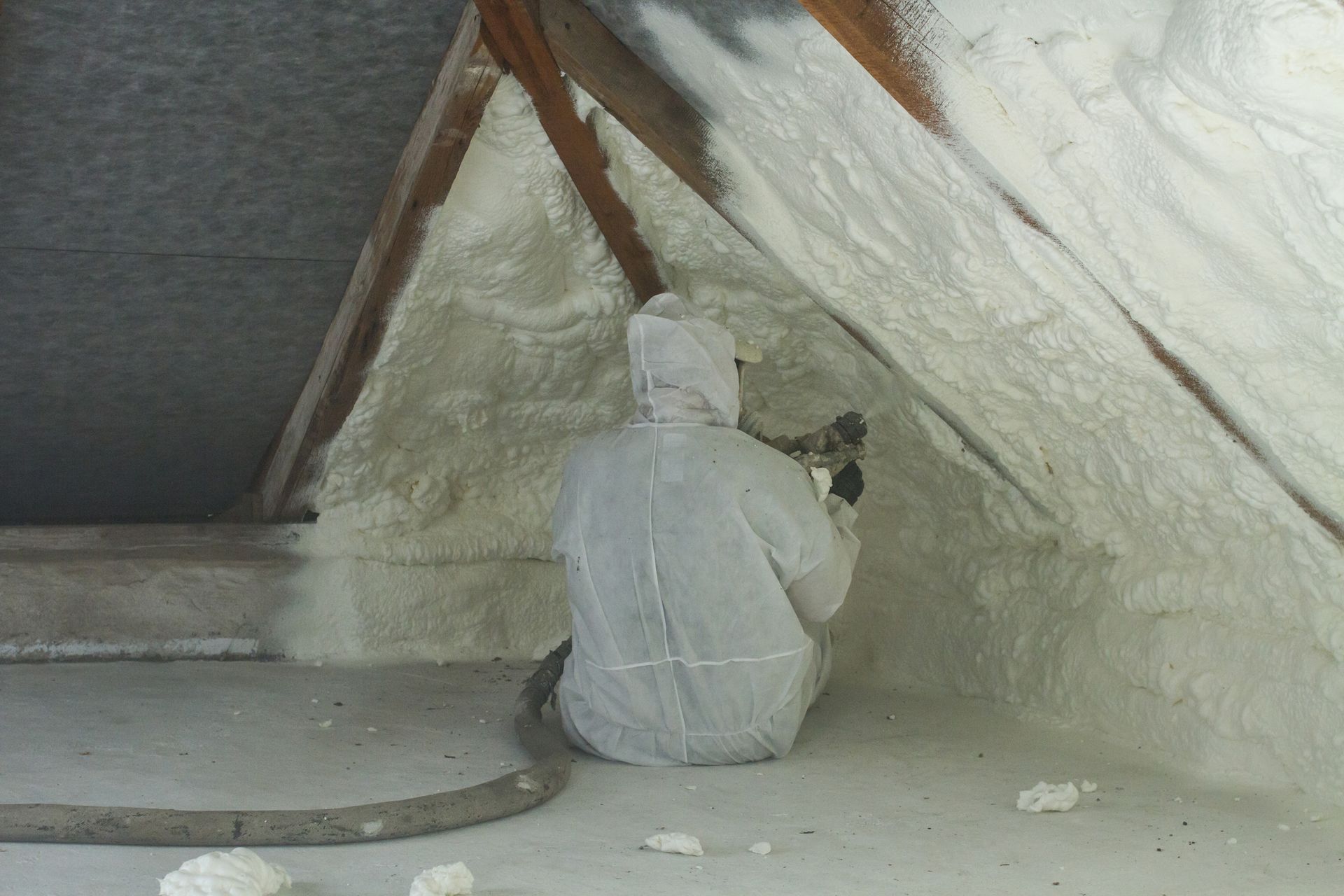Basement Waterproofing Guide
A Complete Guide to Basement Waterproofing
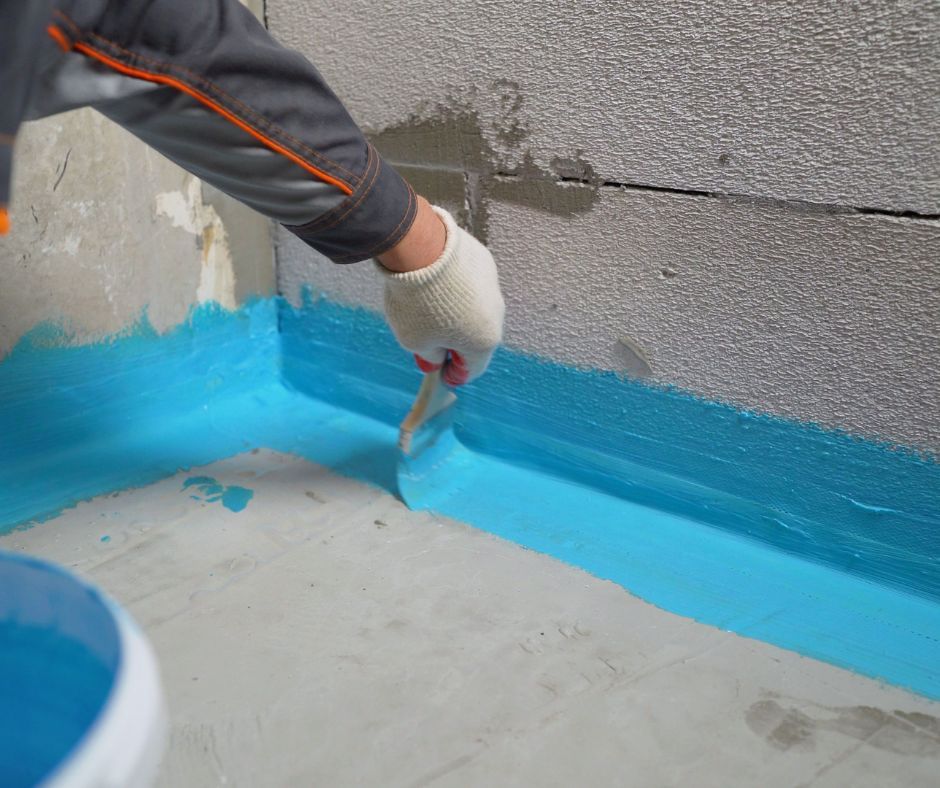
Waterproofing your basement is not just a cosmetic fix — it’s essential for protecting your home’s structure, indoor air quality, and resale value. Left unchecked, water intrusion can cause mold, damage to foundations, and costly repairs.
Common Causes of Basement Moisture
Understanding why water gets into your basement is the first step toward solving the problem:
- Poor grading: Landscaping that slopes toward the house rather than away.
- Clogged gutters/downspouts: Direct water toward the foundation.
- Cracks in foundation walls or floors: Let moisture seep in.
- Hydrostatic pressure: Soil pressure forces water through basement walls.
- High water table: Naturally elevated groundwater near your foundation.
“Most basement water issues begin outside — not inside,” says building inspector Carlos Green.
Warning Signs You Shouldn’t Ignore
Spotting early symptoms of water intrusion can help prevent major problems:
- Damp or musty odors
- Visible water stains on walls or floors
- Efflorescence (white, chalky residue on concrete)
- Peeling paint or bubbling drywall
- Mold growth or wood rot
- Warping or buckling of flooring
If any of these are present, it’s time to act.
Types of Basement Waterproofing
Here’s an overview of the most common waterproofing approaches:
Interior Waterproofing
- Sealants and coatings: Applied to interior walls/floors to block moisture.
- Interior drain tile systems: Pipes and sump pumps redirect water from under the slab to a pump pit.
- Dehumidifiers: Control moisture levels and reduce mold risk.
Exterior Waterproofing
- Excavation and membrane application: Involves digging around the foundation and applying a waterproof membrane.
- Exterior drainage systems: French drains and gutters that move water away from the foundation.
- Foundation crack repair: Using epoxy or polyurethane injection.
“Exterior solutions are more intensive and expensive — but also more permanent,” says waterproofing contractor Jamie Liu.
Sump Pumps: Your Basement’s Best Friend
A sump pump is essential for areas prone to flooding or with high water tables. Installed in a pit at the lowest part of the basement, it pumps water out and away from the home.
Key features to consider:
- Battery backup systems
- Alarm notifications for pump failure
- Automatic vs. manual activation
Maintenance Tip: Test your sump pump at least twice a year, especially before rainy seasons.
Costs: What to Expect
Waterproofing costs vary widely depending on the method, size of your basement, and the severity of the issue:
- Interior sealants: $3–$10 per square foot
- Sump pump installation: $1,000–$2,500
- French drain system: $5,000–$15,000
- Full exterior excavation: $8,000–$30,000+
While expensive, waterproofing protects your home’s value and can prevent even costlier water damage.
DIY vs. Professional Help
DIY is best for:
- Small cracks
- Simple sealants
- Downspout extensions
Call a pro for:
- Structural damage
- Persistent flooding
- Full drainage system installs
“Waterproofing mistakes can make problems worse — it’s worth investing in expertise,” says architect Lynn Harlow.
A Dry Basement Is a Healthy Home
Waterproofing your basement isn’t just about avoiding puddles. It’s about protecting your family’s health, your investment, and your peace of mind. Whether you tackle a small repair or invest in a full system, the payoff is a safer, drier, and more valuable home.
